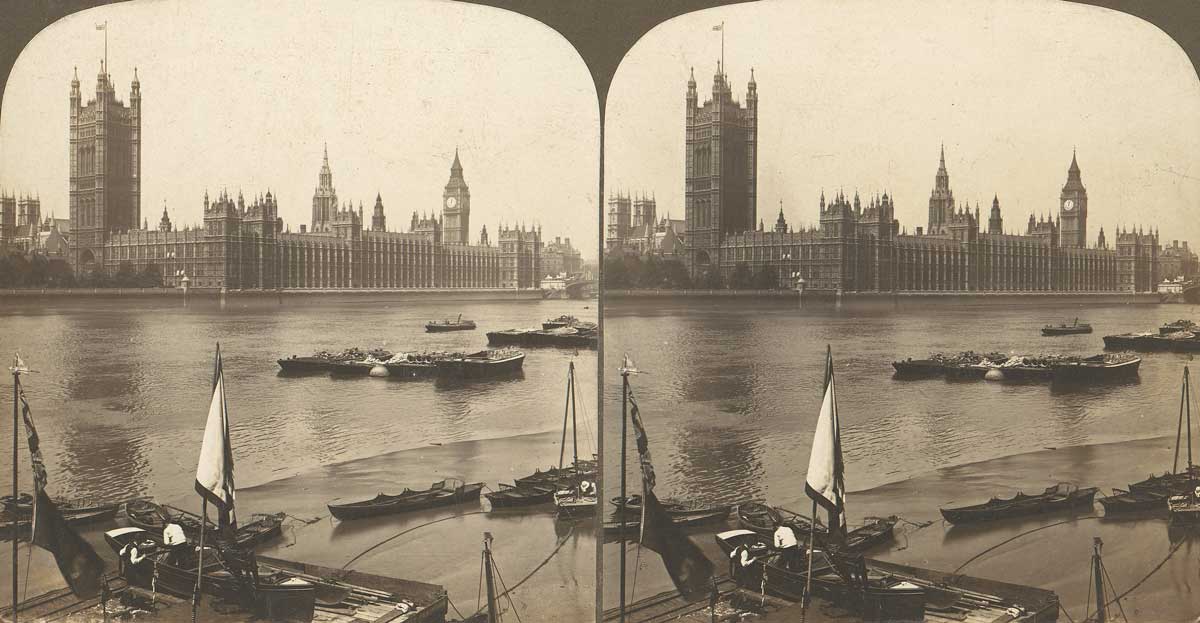Lewis Namier's Unfinished Business | History Today - 5 minutes read

Some biographies approach in style the character of their subjects. It is true of this biography of Lewis Namier, a leading British historian of the mid-20th century. David Hayton on Namier, like Namier, is precise, yet ready to wield an ethical pen: wide ranging, but able to focus; fascinating, but also with some longueurs; and, throughout, judicious, careful of his context and adept at moving into a variety of worlds.
We follow Namier from a comfortable childhood in Austrian Poland, albeit with a problematic father, through education in Switzerland and the London School of Economics, to Oxford, where he takes to Balliol and its life with great enthusiasm. As a Jew, however, though clearly sufficiently bright, he was unacceptable to enough of the Fellows of All Souls that he was barred from their ranks.
We move on to follow Namier in the First World War, into the army and then into political intelligence work for the Foreign Office. The complex politics of the latter, made more complex by Namier’s strong views on Poland and Czechoslovakia, are well handled, which serves as a preparation for the even more complex politics of the Zionist question. Appalled by antisemitic violence in Eastern Europe, Namier becomes a firm Zionist, while also disliking religious Jews.
Indeed, zionism is one of his principal activities in the 1920s, a period of precarious income and very modest living standards. To a degree, the iron enters his soul – which is unsurprising, given his willingness to fight for time to research and write while, in his eyes, most Oxbridge dons matched neither his industry nor his ability. At the same time, the need for money and his concern with a range of international topics led him to be an active and eager journalist. Strain told in the shape of physical illness and mental pressures, in a degree of monomania, in his capacity to bore others and in the failure of his first marriage, about which Hayton writes with characteristic care and accuracy.
Namier unexpectedly became an academic with a chair at Manchester, where he proved better with the brighter students. Like many professors of the day, he unloaded the teaching he did not fancy onto junior colleagues.
The Second World War was a reprise of the first in some respects, but Hitler’s genocidal policies gave his attitudes even more urgency. As with the previous war, Namier was unconvinced by attempts to blame the international system and, instead, thought the particular character of German political culture responsible.
That remained his view in the postwar world, and one of the very few places that I might suggest a different reading to Hayton’s consistently excellent analysis is to note that the continuity of Third Reich figures in Adenauer’s Germany means that Namier had a point, while his disagreement in 1951 with Liddell Hart over the German army and antisemitism is comprehensible in terms of the latter’s sympathy for German generals, even if they were compromised by war crimes, and Namier’s understanding of their responsibility. As James Butler showed in his correspondence with Liddell Hart, you did not need to be a Jew to find the situation disgusting.
After the war, Namier thought he would, and should, have a chance at Oxbridge chairs, but the electors preferred others, in the case of Cambridge a home-grown second-rater. Namier, instead, focused his attention on the History of Parliament project. His second marriage, which again Hayton handles well, brought him stability. However, Namier’s health was increasingly precarious. He died, still working, but with much unfinished. Incomplete work was a pattern repeated throughout his life.
That is a bald summary of a life brilliantly covered by Hayton, and with a great mastery not only of obvious sources but also of an astonishing range of obscure ones. The back cover has Adam Sisman claim the book as definitive, which is wrong as no historical work can be, but it is certainly excellent. Hayton’s conclusion makes it apparent that he came to like Namier, a difficult man; but not even Namier’s most devoted pupils and friends were blind to his faults and this is an even-handed biography. It is not the sort of cosy study recently produced for Hobsbawm. Instead, this is a psychologically grittier work and one that asks tougher questions of a man who struggled to provide a consistency to his life and work.
There is also much on other historians. A.J.P. Taylor, G.M. Trevelyan and J.H. Plumb do not emerge well and John Neale was clearly very difficult. The History of Parliament project is ably explained and Namier’s published works, on which he is often harshly judged, are contextualised in terms of what he would have liked to publish. The latter is particularly important for approaching his published studies on the 18th century. In a way, as with so many, it is the unfinished sense that is so depressing. More so, is Namier’s poignant understanding that the arrogance others disliked came from insecurity and his eventual knowledge that what he had sought to defend and explain, in both politics and scholarship, was largely to fail, if not be destroyed. On the other hand, Namier succeeded in being a public intellectual which, as the columnist Bagehot reminded us in the Economist in July 2019, is something few modern academic historians can achieve.
Conservative Revolutionary: The Lives of Lewis Namier
D.W. Hayton
Manchester 472pp £25
Jeremy Black is Professor of History at the University of Exeter.